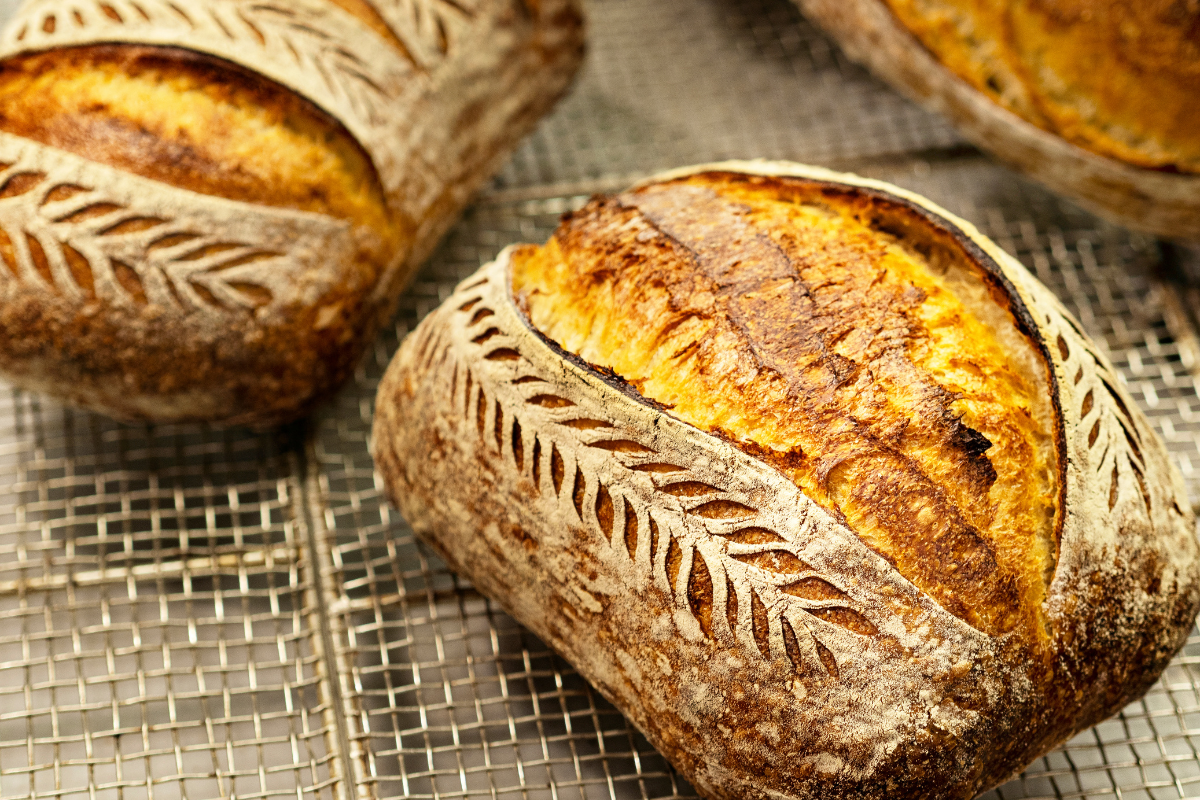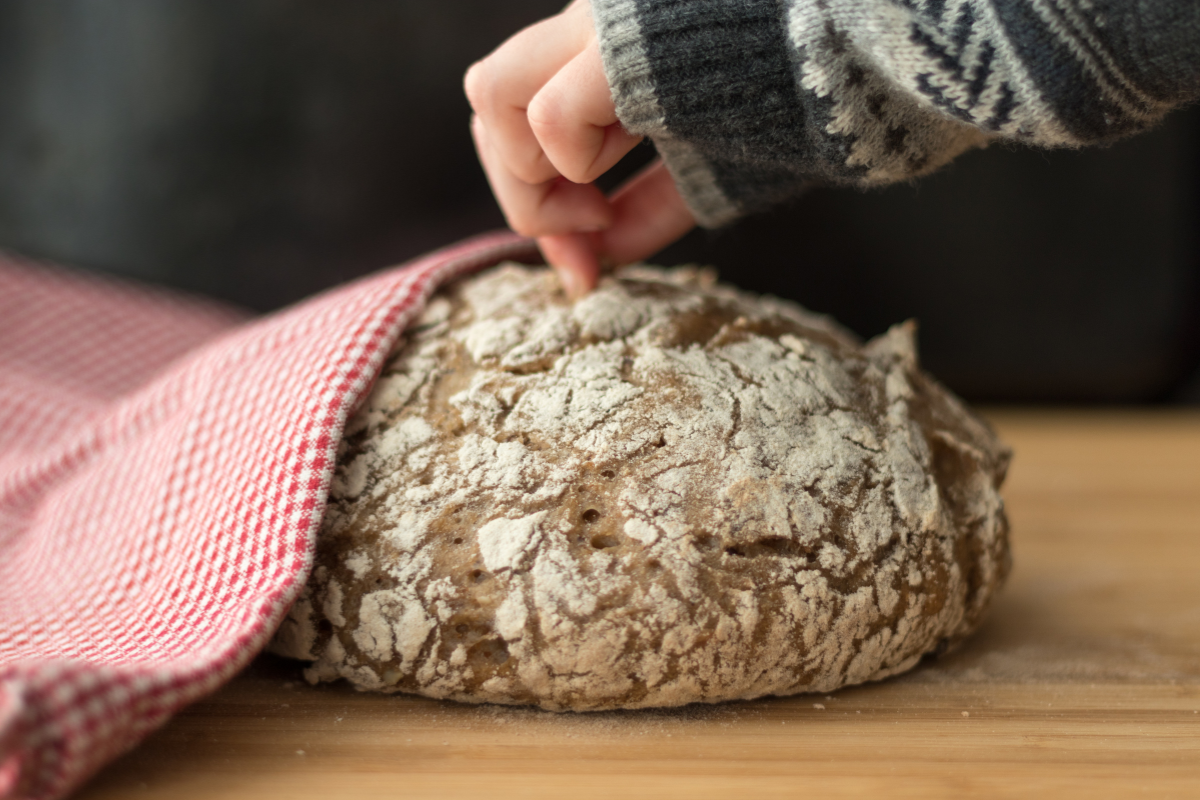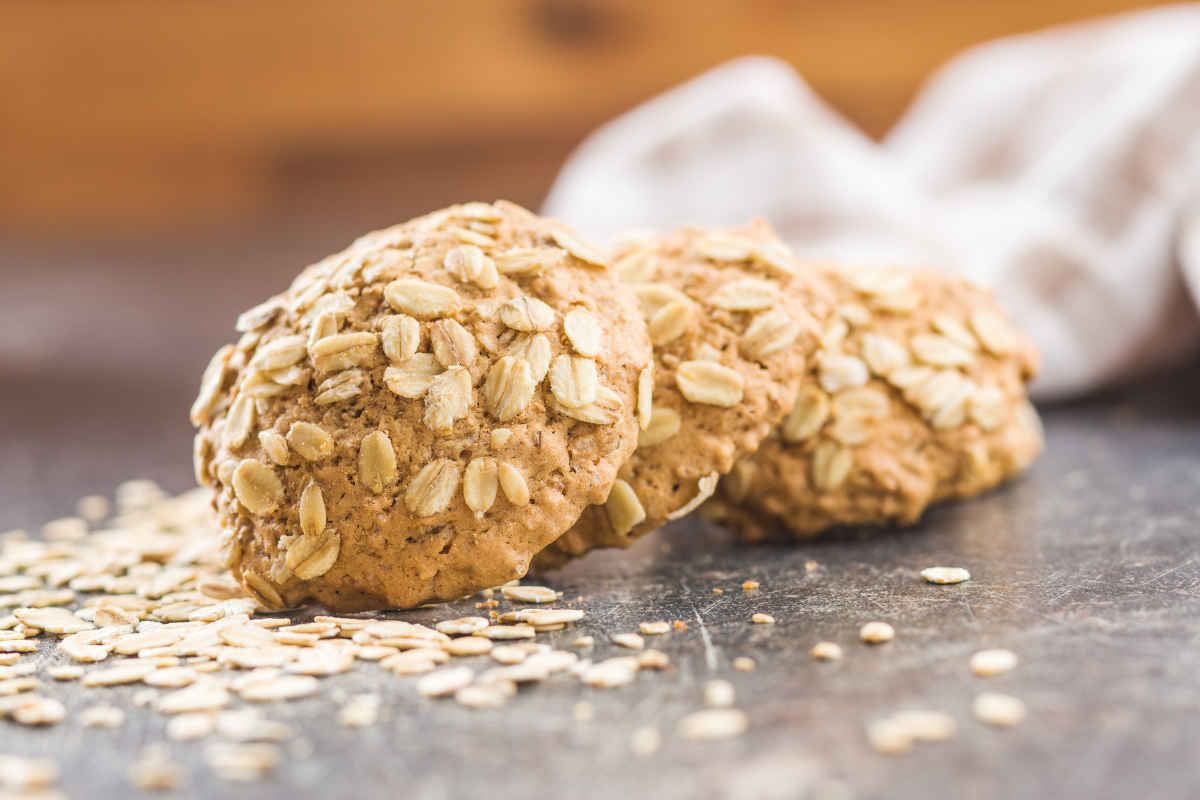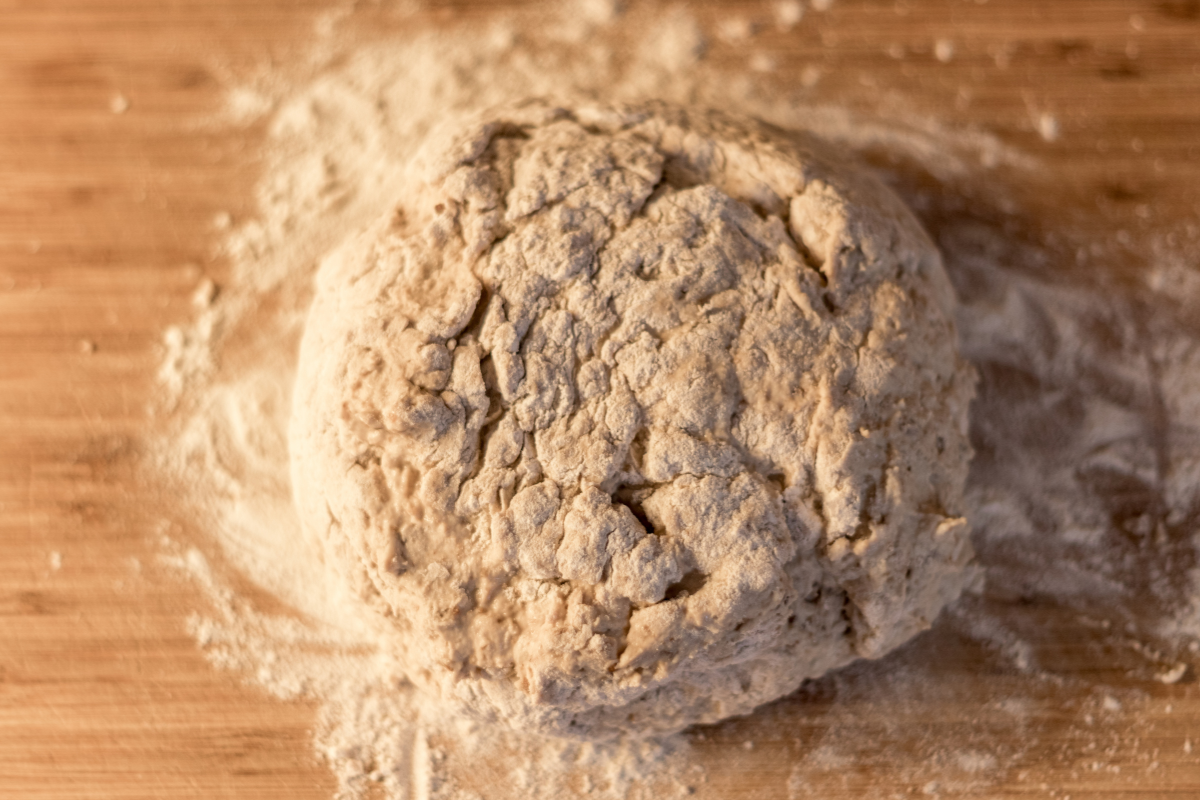Introduction to Gluten-Free Sourdough Bread
The Rising Popularity of Gluten-Free Sourdough Bread
The demand for gluten-free sourdough bread has soared recently. People with celiac disease, gluten sensitivities, and even health-conscious individuals are driving this trend. They all appreciate the distinctive taste and fermentation process of sourdough. Its growing popularity reflects a shift toward gluten-free diets, influenced by health needs and personal preferences. This interest has sparked a surge in gluten-free sourdough recipes and a variety of available products.
Understanding Gluten-Free Baking
Baking without gluten poses distinct challenges but also offers new opportunities. Traditional baking depends on gluten for dough elasticity and structure. However, gluten-free baking uses alternative ingredients like rice and almond flour or xanthan gum to replicate these properties. Bakers learn the unique behaviors of these substitutes to create enjoyable and structurally sound baked goods. Mastering the use of these alternatives is key to successful gluten-free baking.
The Unique Charm of Sourdough
Natural yeast and bacteria ferment sourdough bread, giving it a unique taste and texture. This process not only creates a distinctively tangy flavor but also enhances the bread’s digestibility and nutrition. Gluten-free individuals find sourdough a delightful alternative to other bread options, which can be bland or overly dense. Making gluten-free sourdough involves nurturing a healthy starter and perfecting the fermentation, yielding both delicious and wholesome bread.
 The Essentials of Gluten-Free Sourdough Bread
The Essentials of Gluten-Free Sourdough Bread
Ingredients for Gluten-Free Sourdough
Creating gluten-free sourdough bread begins with choosing the right ingredients, each playing a crucial role in the bread’s texture and flavor. Essential components include gluten-free flour, psyllium husk, and a gluten-free starter. Gluten-free flour forms the base of the bread. Unlike wheat flour, it doesn’t contain gluten, which is vital for bread’s elasticity. Therefore, bakers use different blends, often rice, almond, or coconut flours, to achieve a suitable texture.
Psyllium husk stands out as a key ingredient in gluten-free sourdough recipes. It acts as a binder, providing the structure that gluten usually offers. This natural fiber helps to retain moisture, ensuring the bread doesn’t crumble and maintains a pleasant texture.
A gluten-free starter is the heart of sourdough bread, fostering the fermentation that gives sourdough its distinctive tangy flavor. Creating a starter involves fermenting gluten-free flour and water over several days, capturing wild yeast and beneficial bacteria from the environment. This process is pivotal for the bread’s rise and flavor development.
Tools and Equipment Needed
The right tools can significantly enhance the gluten-free sourdough baking experience. Key equipment includes a bread baker, a Pullman Pan, and various mixing bowls. A bread baker or Dutch oven can create an ideal environment for the sourdough to rise and bake, mimicking professional bread ovens’ steam and heat retention.
The Pullman Pan is particularly useful for gluten-free sourdough bread, giving it a classic, uniform shape. Its lid helps in creating a consistent crust and aids in the bread’s proper rise, which is crucial in gluten-free baking where structure is harder to achieve.
Mixing bowls are fundamental in any baking process, and for gluten-free sourdough, they need to be sturdy and spacious. Mixing the dough properly is vital, as gluten-free flours behave differently from wheat flour. A set of good quality mixing bowls ensures that ingredients combine well, aiding in developing the right dough consistency.
Conclusion
Embarking on the journey of baking gluten-free sourdough bread is a rewarding experience that marries tradition with dietary needs. By mastering the basic techniques, understanding the importance of ingredients, and experimenting with variations, you can enjoy bread that’s not only safe for your dietary restrictions but also delightful to your taste buds. Whether you’re new to gluten-free baking or a seasoned artisan, the world of gluten-free sourdough offers endless possibilities to explore, ensuring each loaf is a testament to your baking prowess and a step toward healthier, happier eating.


 The Essentials of Gluten-Free Sourdough Bread
The Essentials of Gluten-Free Sourdough Bread Tips and Troubleshooting
Tips and Troubleshooting Serving and Storage Recommendations
Serving and Storage Recommendations
4 thoughts on “Mastering Gluten-Free Sourdough Bread: A Comprehensive Guide”